Quiz
A common sight on Japanese transport is children trooping through train cars, looking for seats, the kids are as young as 6 or 7, on their way to and from school, and there is nary a guardian in sight.
According to Dwayne Dixon, a cultural anthropologist, this degree of independence is the outcome of “group reliance” and not self-sufficiency, this is because children are taught at an early age that they may be called on to serve or help others and this is reinforced at school, where children take turns cleaning and serving lunch rather than relying on staff. This distributes labour across various shoulders and rotates expectations and taking responsibility for shared spaces means that children have pride of ownership and understand in a concrete way the consequences of making a mess, since they’ll have to clean it up themselves.
Children are taught to be independent from a young age so they can support others when needed.
Quiz
A common sight on Japanese transport is children trooping through train cars, looking for seats, the kids are as young as 6 or 7, on their way to and from school, and there is nary a guardian in sight.
According to Dwayne Dixon, a cultural anthropologist, this degree of independence is the outcome of “group reliance” and not self-sufficiency, this is because children are taught at an early age that they may be called on to serve or help others and this is reinforced at school, where children take turns cleaning and serving lunch rather than relying on staff. This distributes labour across various shoulders and rotates expectations and taking responsibility for shared spaces means that children have pride of ownership and understand in a concrete way the consequences of making a mess, since they’ll have to clean it up themselves.
Japanese schools rely on students to perform all tasks rather than staff.
Quiz
This question consists of four pairs of letters. Each pair is presented vertically. You need
to determine how many of these pairs of letters are equivalent and indicate it by surrounding the
corresponding number below each question

Quiz
Arrange the numbers in ascending order. Apply the technique mentioned to identify the number that is furthest away from the remaining number.
Step 1: Mentally identify which of the three numbers is the highest and which is the smallest.
Step 2: Identify which of these two numbers is closest to the remaining number, subtracting the
middle number from each of the two numbers if necessary. The answer may be obvious to you if there
is a large difference between the different numbers and therefore this step might not be necessary for
all questions.
Step 3: Surround the number whose value is further away from the remaining number.

Quiz
This test is designed to analyze how quickly you turn and orientate figures and symbols mentally.
Two figures with each one a pair of letters are presented to you in each exercise. You have to
determine whether the two figures in each pair are identical or whether they are in fact mirror images,
meaning that they do not match when placed on top of each other but instead they are a reflection of
the other, as in a mirror.
Your mission is to figure out how many of the two proposed pairs are identical in for each exercise.
In the original online test, each question appears in the following way and you simply need to click on
the number corresponding to the number of identical pairs.

Quiz

Quiz
Joseph is not as outspoken as Michel.
Who is more forthright?
Quiz
A common sight on Japanese transport is children trooping through train cars, looking for seats, the kids are as young as 6 or 7, on their way to and from school, and there is nary a guardian in sight.
According to Dwayne Dixon, a cultural anthropologist, this degree of independence is the outcome of “group reliance” and not self-sufficiency, this is because children are taught at an early age that they may be called on to serve or help others and this is reinforced at school, where children take turns cleaning and serving lunch rather than relying on staff. This distributes labour across various shoulders and rotates expectations and taking responsibility for shared spaces means that children have pride of ownership and understand in a concrete way the consequences of making a mess, since they’ll have to clean it up themselves.
Some students are expected to perform tasks more often than others.
Quiz
This question consists of four pairs of letters. Each pair is presented vertically. You need
to determine how many of these pairs of letters are equivalent and indicate it by surrounding the
corresponding number below each question

Quiz
There is a common theme/rule amongst the boxes. You must determine which box (from options A to F) goes in the missing box.
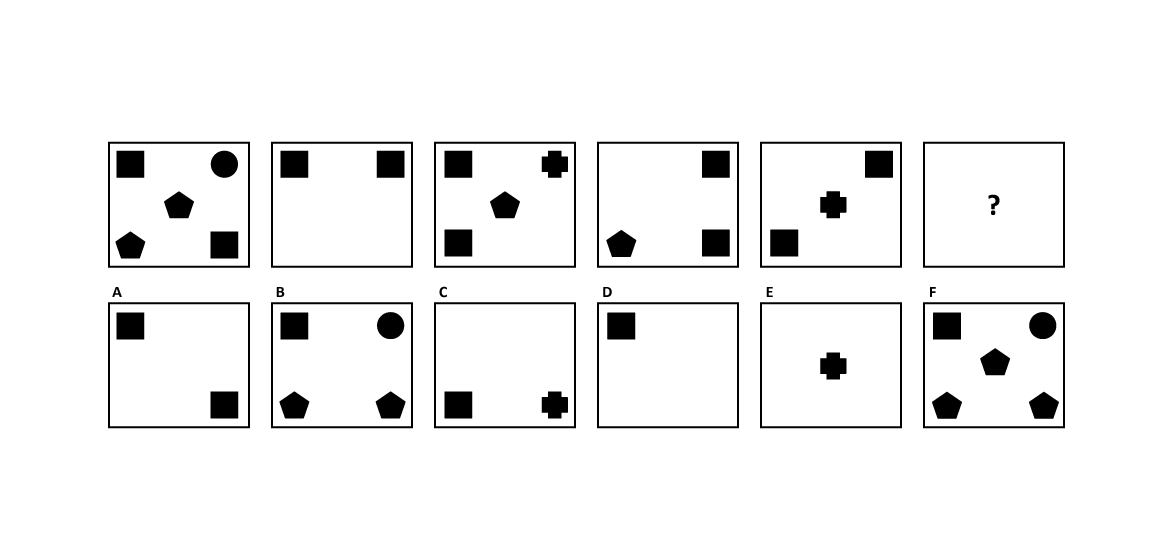
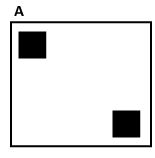
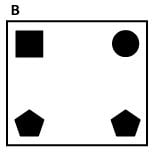
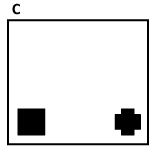
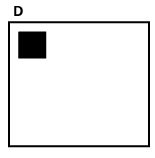
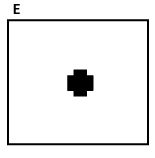
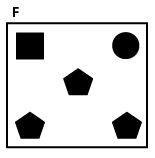
Thomas GIA Test Practice test unlocks all online simulator questions
Thank you for choosing the free version of the Thomas GIA Test practice test! Further deepen your knowledge on Thomas Test Simulator; by unlocking the full version of our Thomas GIA Test Simulator you will be able to take tests with over 737 constantly updated questions and easily pass your exam. 98% of people pass the exam in the first attempt after preparing with our 737 questions.
BUY NOWWhat to expect from our Thomas GIA Test practice tests and how to prepare for any exam?
The Thomas GIA Test Simulator Practice Tests are part of the Thomas Test Database and are the best way to prepare for any Thomas GIA Test exam. The Thomas GIA Test practice tests consist of 737 questions divided by 6 topics and are written by experts to help you and prepare you to pass the exam on the first attempt. The Thomas GIA Test database includes questions from previous and other exams, which means you will be able to practice simulating past and future questions. Preparation with Thomas GIA Test Simulator will also give you an idea of the time it will take to complete each section of the Thomas GIA Test practice test . It is important to note that the Thomas GIA Test Simulator does not replace the classic Thomas GIA Test study guides; however, the Simulator provides valuable insights into what to expect and how much work needs to be done to prepare for the Thomas GIA Test exam.
BUY NOWThomas GIA Test Practice test therefore represents an excellent tool to prepare for the actual exam together with our Thomas Test practice test . Our Thomas GIA Test Simulator will help you assess your level of preparation and understand your strengths and weaknesses. Below you can read all the quizzes you will find in our Thomas GIA Test Simulator and how our unique Thomas GIA Test Database made up of real questions:
Info quiz:
- Quiz name:Thomas GIA Test
- Total number of questions:737
- Number of questions for the test:100
- Pass score:80%
- Number of topics:6 Topics
- Numeracy:109 Questions
- Numeracy - Number speed and Accuracy:88 Questions
- Perceptual Speed:110 Questions
- Spatial Visualization:137 Questions
- Verbal Comprehension:100 Questions
- Verbal Reasoning:193 Questions
You can prepare for the Thomas GIA Test exams with our mobile app. It is very easy to use and even works offline in case of network failure, with all the functions you need to study and practice with our Thomas GIA Test Simulator.
Use our Mobile App, available for both Android and iOS devices, with our Thomas GIA Test Simulator . You can use it anywhere and always remember that our mobile app is free and available on all stores.
Our Mobile App contains all Thomas GIA Test practice tests which consist of 737 questions that are divided by 6 topics and also provide study material to pass the final Thomas GIA Test exam with guaranteed success. Our Thomas GIA Test database contain hundreds of questions and Thomas Test Tests related to Thomas GIA Test Exam. This way you can practice anywhere you want, even offline without the internet.
BUY NOW